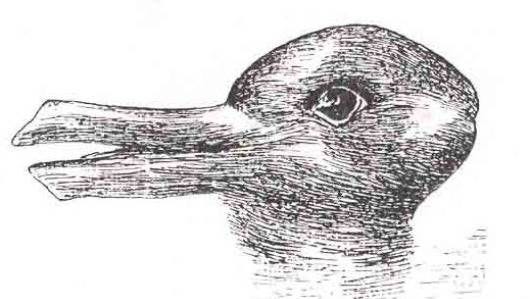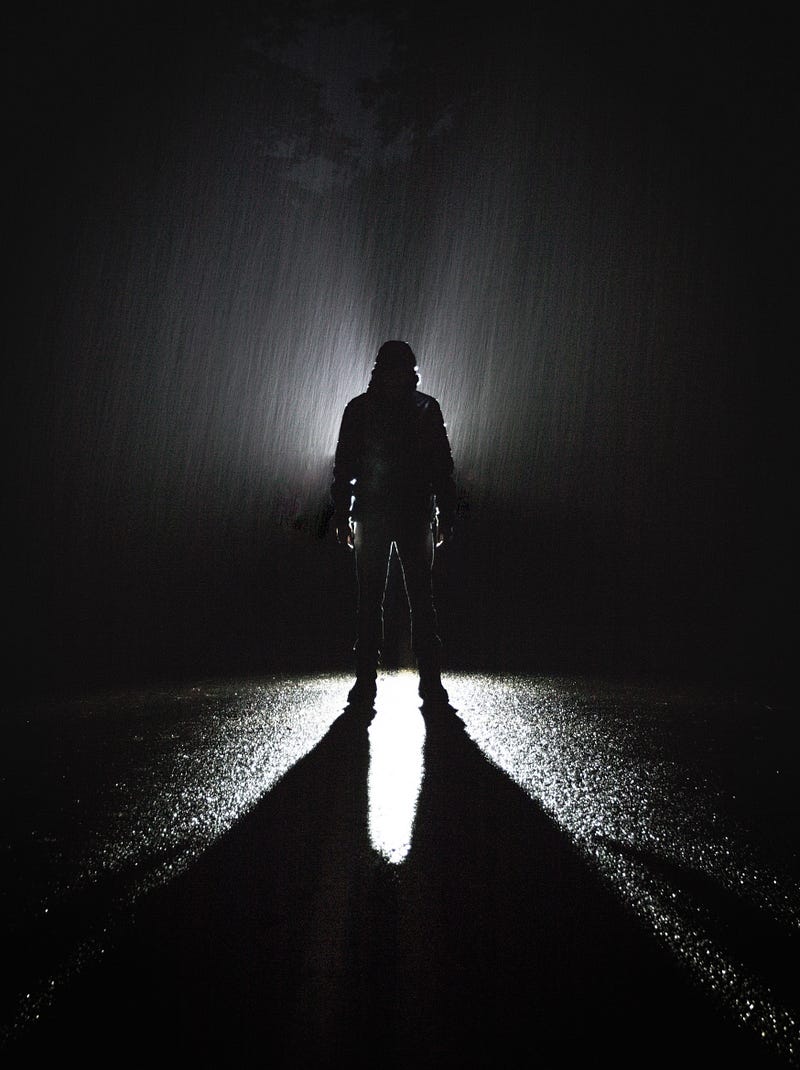Exploring Consciousness: Are We Living in a Shared Illusion?
Written on
Chapter 1: Understanding Consciousness
What constitutes our consciousness? Our brain, a complex network of neurons, buzzes with millions of electrical impulses, crafting our unique human experiences.
Without these intricate pathways, existence as we recognize it would disappear—no belongings, no emotions, nothing at all. The scientific pursuit to unravel consciousness is less about sheer intellect and more about our intrinsic nature. This is why defining consciousness remains elusive, despite its familiarity and our deep-rooted connections to it.
As we’ve advanced in understanding respiration and metabolism, there’s hope that we can eventually decode the mechanisms behind consciousness. So, what do we know so far?
Consciousness can be divided into two main aspects: our experiences of the environment and our sense of self. The former is known as perception, which arises from a blend of sensory information and our pre-existing expectations and beliefs.
Our previous experiences significantly influence our current perceptions. For instance, if you enter a new relationship with past wounds, your trust may be tentative. This interaction with the environment serves as a protective measure, shaping your perception of the situation based on historical context. Ultimately, it’s a predictive guess about your surroundings.
Consider the classic optical illusion:

Is it a duck or a rabbit? The answer lies in your perspective. The sensory data remains unchanged; rather, it’s your brain’s interpretation that shifts. This illustrates that perception is not solely dependent on fresh sensory input but also on established mental frameworks shaped by past experiences.
Now, let’s shift our focus to hallucinations.
A hallucination is typically defined as a perception of something that exists solely in the mind. In this light, our understanding of the world can be viewed as a type of hallucination—one we have learned to control through perception.
“Hallucination is an uncontrolled perception… perception is a controlled hallucination.” – Anil Seth
We are, in essence, hallucinating continuously. However, when we reach a consensus about our shared hallucinations, we label it as reality.

Being oneself can also be viewed as a form of hallucination. This concept may seem all too familiar, as we often overlook it in our daily lives. Our identity is shaped by our past experiences and choices, encompassing elements such as our bodily awareness, first-person perspective, and social interactions.
These aspects rely on sensory signals originating from within our bodies, a concept known as interoception, which remains somewhat mysterious. They are primarily about regulation and survival rather than higher-order functions—biological mechanisms that allow us to thrive.
These “hallucinations” have evolved to facilitate our well-being and shape our conscious experiences.
In conclusion, everything we perceive is influenced by our history. The reality we experience is a collective illusion, an agreement we’ve all come to accept. Our very essence is wired for survival.
Life should not be taken too seriously or viewed as permanent; it is, at its core, an illusion of our collective choosing. Embrace the journey!
Remember:
“We predict ourselves into existence.” – Anil Seth
Chapter 2: Insights from Anil Seth
In this enlightening talk, Anil Seth explores the intriguing notion that our perception of reality might just be a collective hallucination that we all agree upon.
In another engaging discussion, Anil Seth delves deeper into the concept of reality as a controlled hallucination, challenging our understanding of consciousness and existence.